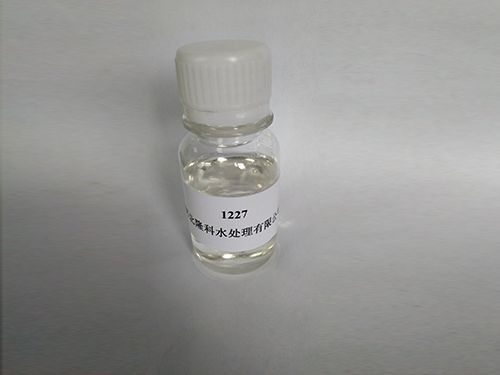Exploring the Role of Flocculants in Enhancing Water Treatment Efficiency and Effectiveness
Flocculants Used in Water Treatment An Essential Tool for Clean Water
Water is a fundamental resource vital for life, agriculture, industry, and sanitation. However, ensuring its purity is often a complex task, particularly in urban areas where the sources are frequently contaminated. One of the effective methods of improving water quality is through the use of flocculants in water treatment processes.
Flocculants are substances that promote the agglomeration of particles in a liquid, resulting in the formation of flocs—aggregates of particles that can easily be removed from the water. They are particularly important in the treatment of wastewater, drinking water, and industrial water. The primary function of flocculants is to enhance the sedimentation of suspended solids, helping to clarify the water and remove impurities.
The mechanism of action of flocculants involves a process called flocculation, where the agents neutralize the electric charges on particles, allowing them to stick together and form larger clusters. This process can be facilitated further by gentle mixing to ensure optimal contact between the flocculants and particles. Once these flocs are formed, they can be removed through sedimentation, flotation, or filtration, resulting in cleaner water that meets safety standards for various uses.
There are two main categories of flocculants inorganic and organic flocculants. Inorganic flocculants, like aluminum sulfate (alum) and ferric chloride, are typically used due to their high efficiency and cost-effectiveness. Alum, for instance, has been a standard in drinking water treatment for decades because of its ability to effectively reduce turbidity and remove pathogens.
flocculants used in water treatment

Organic flocculants, such as polyacrylamide and natural polymers (like chitosan), are another option. While they can be more expensive and their environmental impact must be assessed, organic flocculants provide several advantages such as improved flotation rates and lower sludge production. Their tailored design allows for specific applications, enhancing their effectiveness in various water treatment scenarios.
The choice of flocculants in water treatment is influenced by numerous factors, including water quality, contaminants present, treatment goals, and regulatory standards. Effective treatment requires a careful assessment of these factors to select the appropriate flocculant that will achieve the desired results while minimizing any potential harm to the environment.
Environmental considerations play a crucial role in the ongoing development of flocculants. Researchers are investigating biodegradable, eco-friendly flocculants that can reduce the ecological footprint of water treatment processes. The shift towards sustainable practices is important not just for compliance with regulations but also for maintaining public trust and safeguarding natural water resources.
Additionally, monitoring and controlling the dosage of flocculants is critical, as improper usage can lead to chemical residuals in the treated water, potentially posing health risks. Advances in automation and real-time monitoring technologies are becoming integral in optimizing flocculant usage, ensuring both effectiveness and safety.
In conclusion, flocculants are invaluable tools in water treatment that significantly improve water quality. Their diverse applications and adaptability to different water conditions make them essential in combating water pollution and ensuring access to clean water. As the world continues to face growing water scarcity and contamination challenges, ongoing research and development of more effective and environmentally-friendly flocculants will be crucial for sustainable water management practices. Through such innovations, we can continue striving towards a cleaner, safer, and more sustainable water future.
-
Water Treatment with Flocculant Water TreatmentNewsJun.12,2025
-
Polymaleic AnhydrideNewsJun.12,2025
-
Polyaspartic AcidNewsJun.12,2025
-
Enhance Industrial Processes with IsothiazolinonesNewsJun.12,2025
-
Enhance Industrial Processes with PBTCA SolutionsNewsJun.12,2025
-
Dodecyldimethylbenzylammonium Chloride SolutionsNewsJun.12,2025





